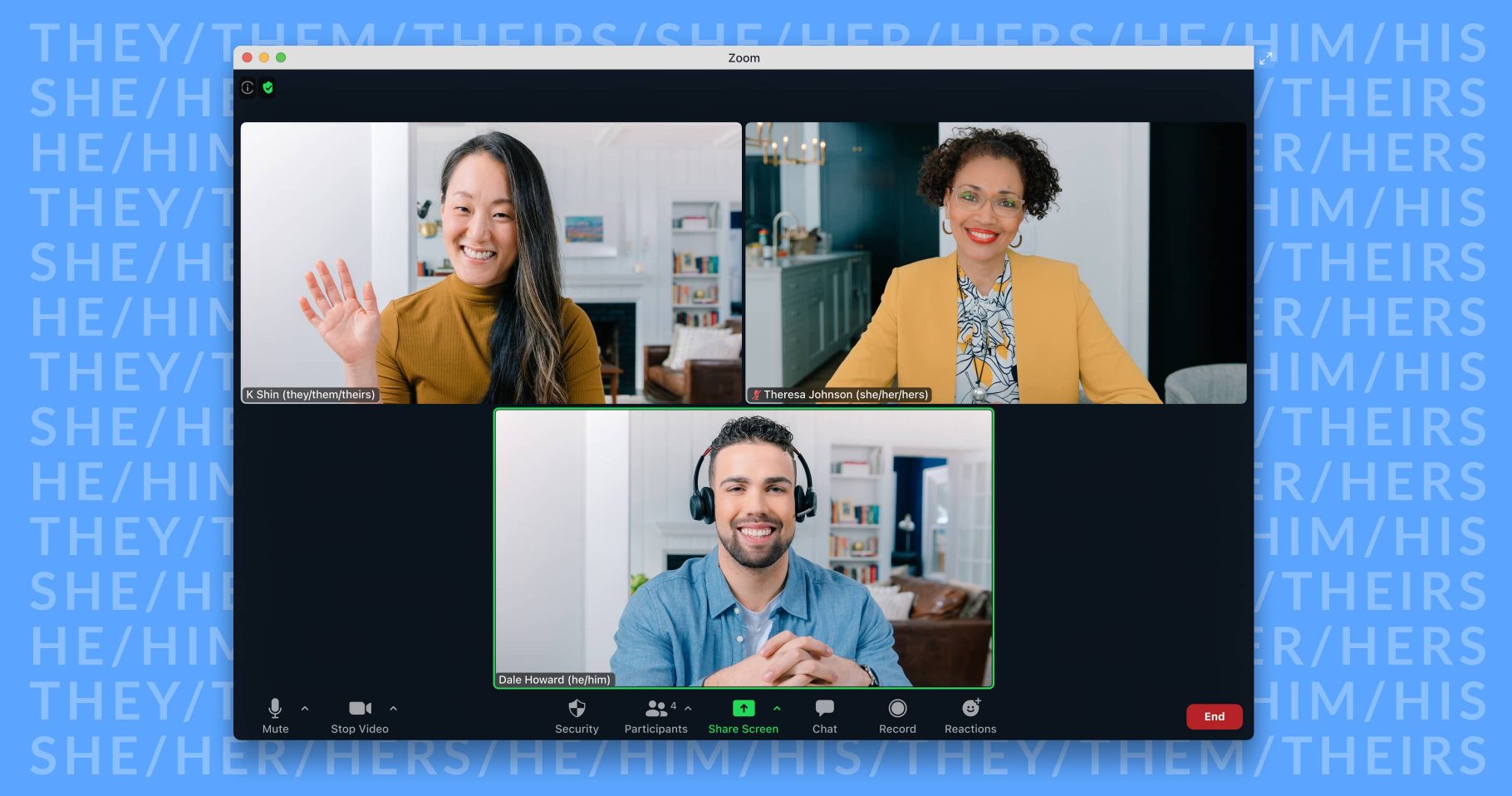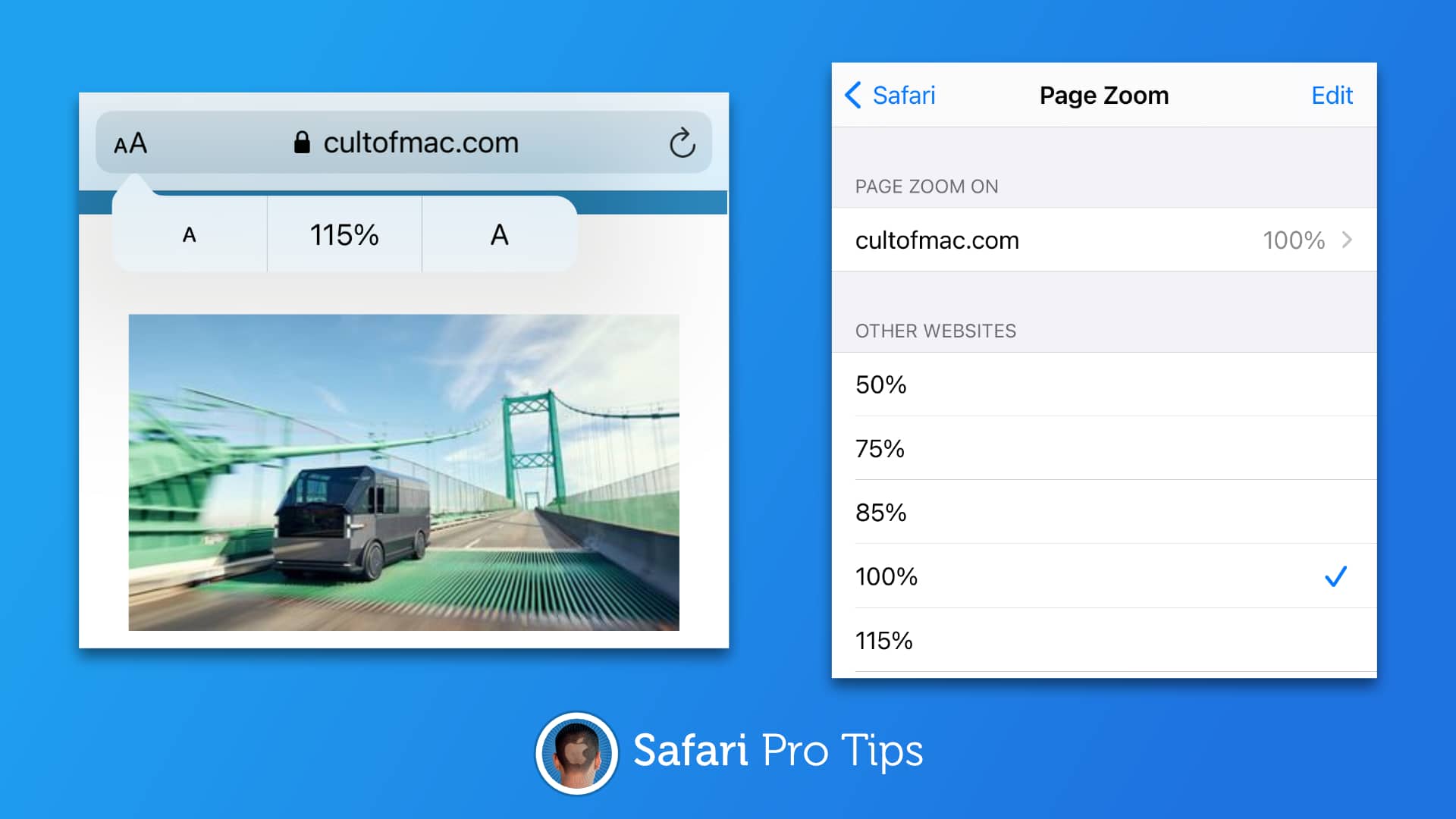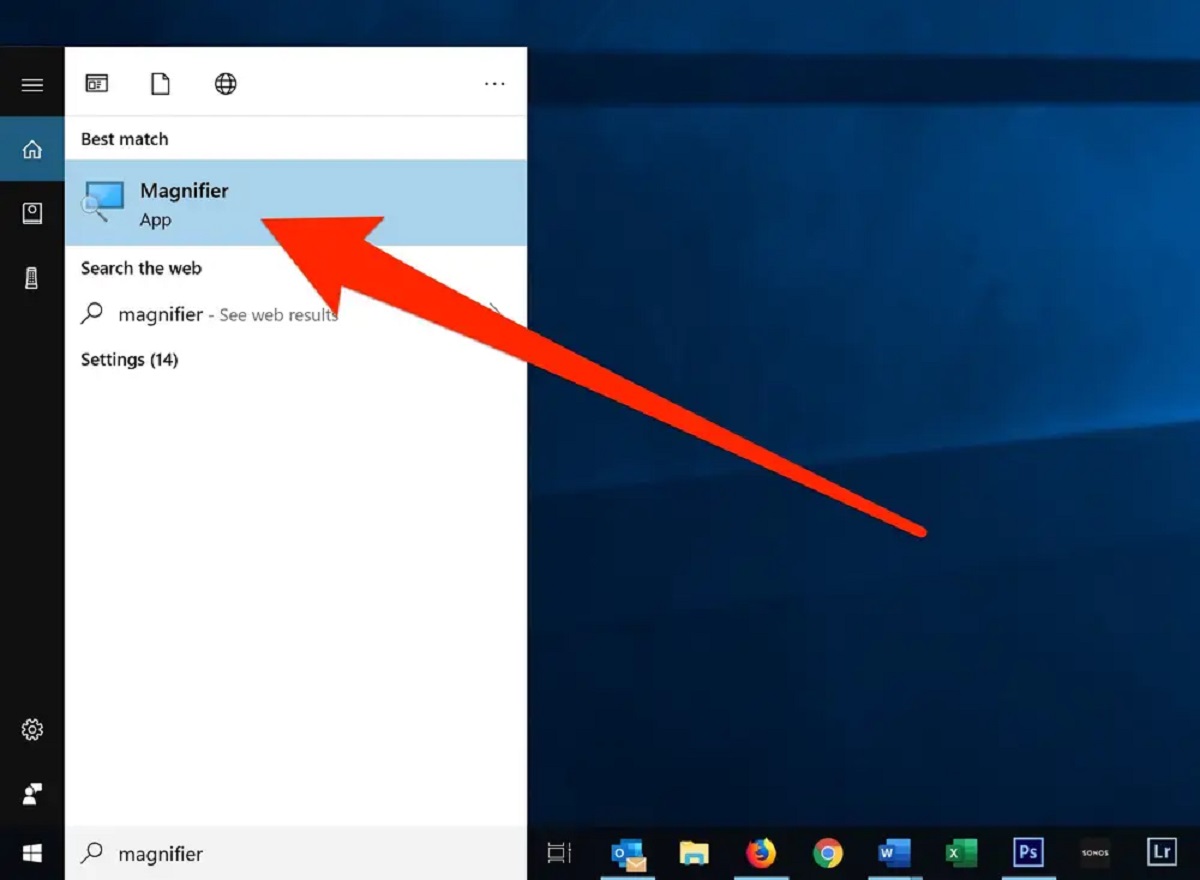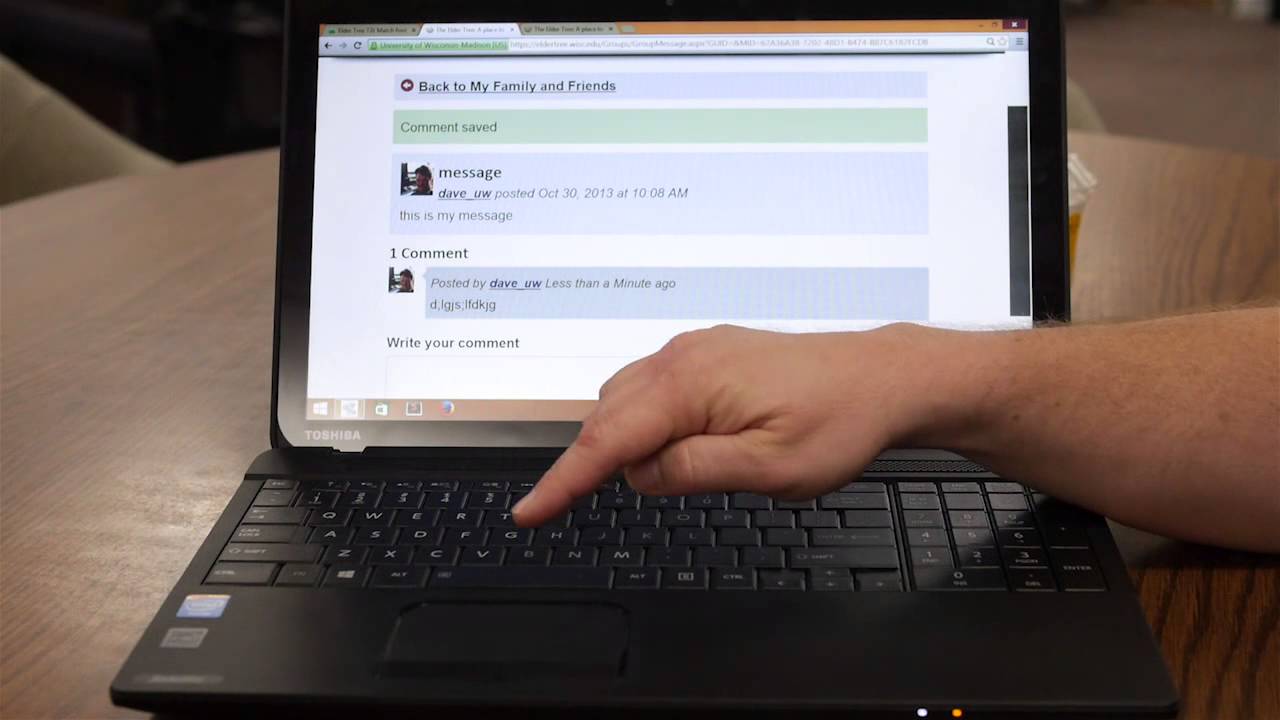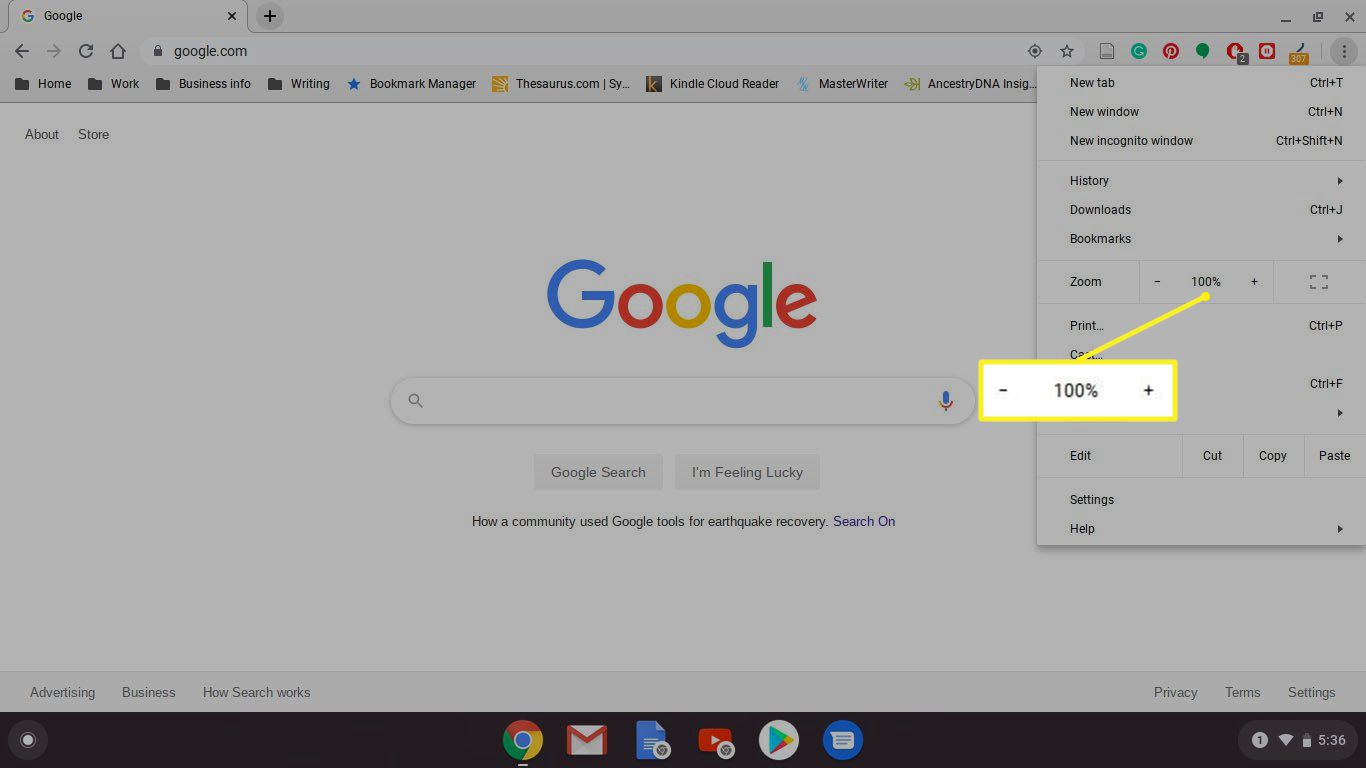Introduction
When browsing the web, encountering websites with text and images that appear too large for the screen is a common occurrence. This can be frustrating, especially when trying to view the entire content without constant scrolling. Fortunately, there are several methods to zoom out on a web browser, allowing for a more comfortable and comprehensive browsing experience.
Zooming out on a browser involves reducing the display size of the content, making everything appear smaller and more manageable within the window. This can be particularly useful for individuals who prefer to see more content at once or have difficulty viewing larger text and images. Whether you're using Google Chrome, Mozilla Firefox, Safari, Microsoft Edge, or any other popular browser, the process of zooming out remains relatively consistent across platforms.
In this article, we will explore various techniques for zooming out on a web browser, including keyboard shortcuts, browser menu options, and the zoom tool. By the end of this guide, you will have a clear understanding of how to adjust the zoom level to suit your browsing preferences, ensuring a seamless and personalized online experience. Let's dive into the different methods and discover how easy it is to zoom out on your favorite web browser.
Using Keyboard Shortcuts
Utilizing keyboard shortcuts is a quick and efficient way to zoom out on a web browser. These shortcuts are designed to provide users with seamless control over the zoom level, allowing for instant adjustments without the need to navigate through menus or settings. Whether you're using a Windows PC, Mac, or Linux machine, these keyboard shortcuts can significantly enhance your browsing experience.
Windows and Linux
For Windows and Linux users, the following keyboard shortcuts can be used to zoom out on most popular web browsers:
-
Zoom Out: Press and hold the Ctrl key, then press the - key. Each press of the - key will further reduce the zoom level, making the content appear smaller on the screen.
-
Reset Zoom: In case you've zoomed out too much and want to return to the default zoom level, simply press and hold the Ctrl key, then press the 0 (zero) key. This action will reset the zoom level to its original state, providing a quick way to revert any unintended changes.
Mac
Mac users can also take advantage of keyboard shortcuts to zoom out on their preferred web browser:
-
Zoom Out: By pressing and holding the Command key and simultaneously pressing the - key, Mac users can effectively reduce the zoom level, making the content appear smaller within the browser window.
-
Reset Zoom: To return to the default zoom level, Mac users can press and hold the Command key and then press the 0 (zero) key. This action will reset the zoom level to its original state, providing a seamless way to readjust the display size.
By incorporating these keyboard shortcuts into your browsing routine, you can effortlessly zoom out on your web browser, ensuring that the content is displayed at a comfortable and manageable size. These shortcuts are designed to streamline the zooming process, allowing for a more personalized and enjoyable browsing experience.
In the next section, we will explore another method for zooming out on a web browser: using the browser menu. Let's continue our journey to discover additional techniques for adjusting the zoom level with ease.
Using the Browser Menu
Another convenient method for adjusting the zoom level on a web browser involves utilizing the browser menu. This approach provides users with a visual and intuitive way to modify the display size of the content, offering a seamless alternative to keyboard shortcuts. By accessing the browser menu, individuals can easily zoom out and customize their browsing experience to suit their preferences.
Step-by-Step Guide
-
Accessing the Menu: To begin, open your preferred web browser and navigate to the website you wish to view. Look for the browser menu, typically located in the top-right corner of the window. The menu icon is often represented by three horizontal lines or dots, symbolizing a dropdown list of options.
-
Zoom Options: Once the menu is open, locate the "Zoom" or "Zoom Out" option. This selection may be found within a submenu, such as "View" or "Settings," depending on the specific browser. Click on the "Zoom Out" option to reduce the display size of the content.
-
Zoom Percentage: Some browsers offer the flexibility to adjust the zoom level by a specific percentage. This allows for precise control over the display size, catering to individual preferences. Users can select a predefined zoom percentage, such as 75% or 50%, to effectively reduce the size of the content within the browser window.
-
Customization: Certain web browsers provide additional customization options within the zoom menu. Users may have the ability to set a default zoom level for all websites or enable a zoom feature that persists across browsing sessions. These features empower individuals to tailor their browsing experience according to their unique requirements.
Visual Feedback
One of the key advantages of using the browser menu to zoom out is the visual feedback provided during the process. As users adjust the zoom level, they can instantly observe the changes in display size, allowing for real-time customization. This visual feedback enhances the overall user experience, ensuring that individuals can precisely control the zoom level to achieve optimal readability and comfort.
By leveraging the browser menu to zoom out on a web browser, users can seamlessly adjust the display size of content, providing a tailored and enjoyable browsing experience. This method offers a user-friendly approach to modifying the zoom level, catering to a diverse range of preferences and requirements.
In the next section, we will delve into another technique for zooming out on a web browser: using the zoom tool. Let's continue our exploration to uncover additional methods for enhancing the browsing experience.
Using the Zoom Tool
In addition to keyboard shortcuts and the browser menu, many web browsers offer a dedicated zoom tool that provides users with a seamless way to adjust the display size of content. The zoom tool, often represented by a magnifying glass icon, offers a visual and interactive method for modifying the zoom level, catering to individual preferences and enhancing the overall browsing experience.
Accessing the Zoom Tool
To utilize the zoom tool, users can typically locate it in the browser's interface, often positioned near the address bar or within the browser menu. The zoom tool is designed to provide a user-friendly and intuitive way to adjust the display size of web content, offering a convenient alternative to traditional zoom methods.
Zoom Slider
Upon accessing the zoom tool, users may encounter a zoom slider that allows for seamless adjustments to the display size. By dragging the slider left or right, individuals can effectively zoom out, reducing the size of the content within the browser window. This interactive approach provides users with real-time control over the zoom level, empowering them to customize their browsing experience with precision.
Zoom Levels
The zoom tool often offers predefined zoom levels, allowing users to select a specific percentage by which to adjust the display size. Common options include 50%, 75%, and 90%, providing individuals with flexibility in customizing the zoom level to suit their readability and comfort preferences. By choosing a predefined zoom level, users can effortlessly zoom out and optimize the display size of web content.
Customization Options
In addition to basic zoom functionality, the zoom tool may offer advanced customization options to further enhance the browsing experience. Users may have the ability to set a default zoom level for all websites, ensuring consistent display size across different web pages. Furthermore, some browsers provide the option to enable a persistent zoom feature, allowing the chosen zoom level to remain in place across browsing sessions, offering convenience and continuity.
Visual Feedback
Similar to the browser menu method, the zoom tool provides visual feedback as users adjust the zoom level. This visual representation of the display size changes allows for immediate assessment of the content's readability, ensuring that users can tailor the zoom level to their preferences with ease. The interactive nature of the zoom tool enhances the overall user experience, providing a seamless and personalized approach to adjusting the display size of web content.
By leveraging the zoom tool within a web browser, users can effortlessly zoom out and customize the display size of content, ensuring optimal readability and comfort. This method offers a visually engaging and interactive way to modify the zoom level, catering to a diverse range of browsing preferences and requirements.
Conclusion
In conclusion, the ability to zoom out on a web browser is a valuable feature that empowers users to customize their browsing experience according to their preferences. Throughout this guide, we have explored various methods for adjusting the display size of web content, including keyboard shortcuts, the browser menu, and the zoom tool. Each of these techniques offers a user-friendly and intuitive approach to modifying the zoom level, catering to a diverse range of browsing requirements.
By incorporating keyboard shortcuts into their routine, users can seamlessly adjust the zoom level with quick and efficient key combinations. Whether using a Windows PC, Mac, or Linux machine, the consistent application of keyboard shortcuts provides instant control over the display size, enhancing the overall browsing experience.
Furthermore, the browser menu serves as a visual and intuitive platform for adjusting the zoom level, offering users a seamless way to customize the display size of web content. With the ability to select predefined zoom percentages and explore additional customization options, individuals can tailor their browsing experience to suit their unique preferences and requirements.
Additionally, the zoom tool within web browsers provides an interactive and visually engaging method for modifying the zoom level. By leveraging the zoom slider and predefined zoom levels, users can effortlessly adjust the display size of content, ensuring optimal readability and comfort throughout their browsing sessions.
Overall, the diverse range of methods for zooming out on a web browser underscores the importance of personalized browsing experiences. Whether users prefer the efficiency of keyboard shortcuts, the visual feedback of the browser menu, or the interactive nature of the zoom tool, each method offers a seamless way to enhance the display size of web content.
By understanding and utilizing these techniques, individuals can navigate the online landscape with greater ease and comfort, ensuring that the content is presented in a manner that aligns with their unique preferences. As technology continues to evolve, the ability to customize the browsing experience through zooming capabilities remains a fundamental aspect of user empowerment and accessibility on the web.









